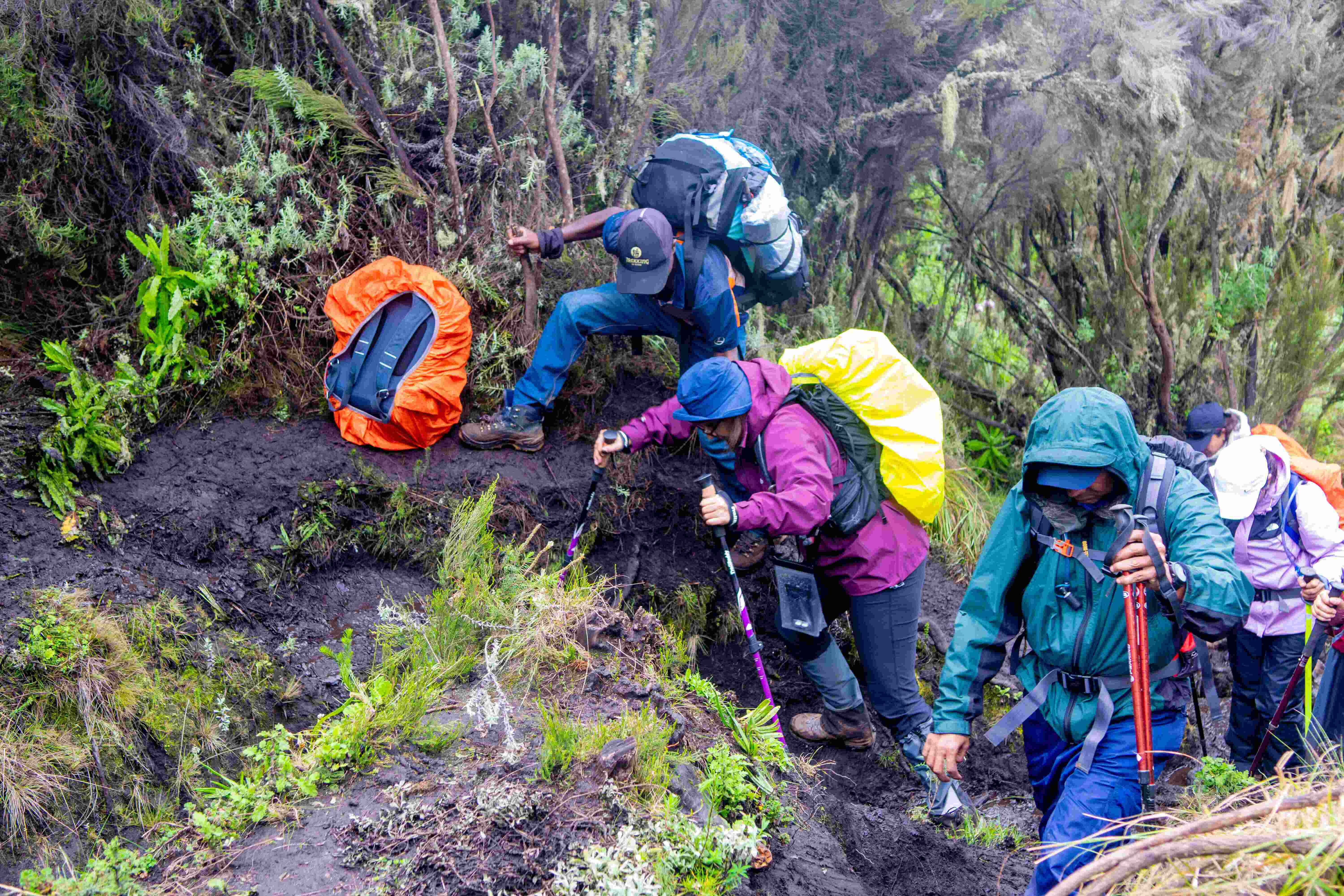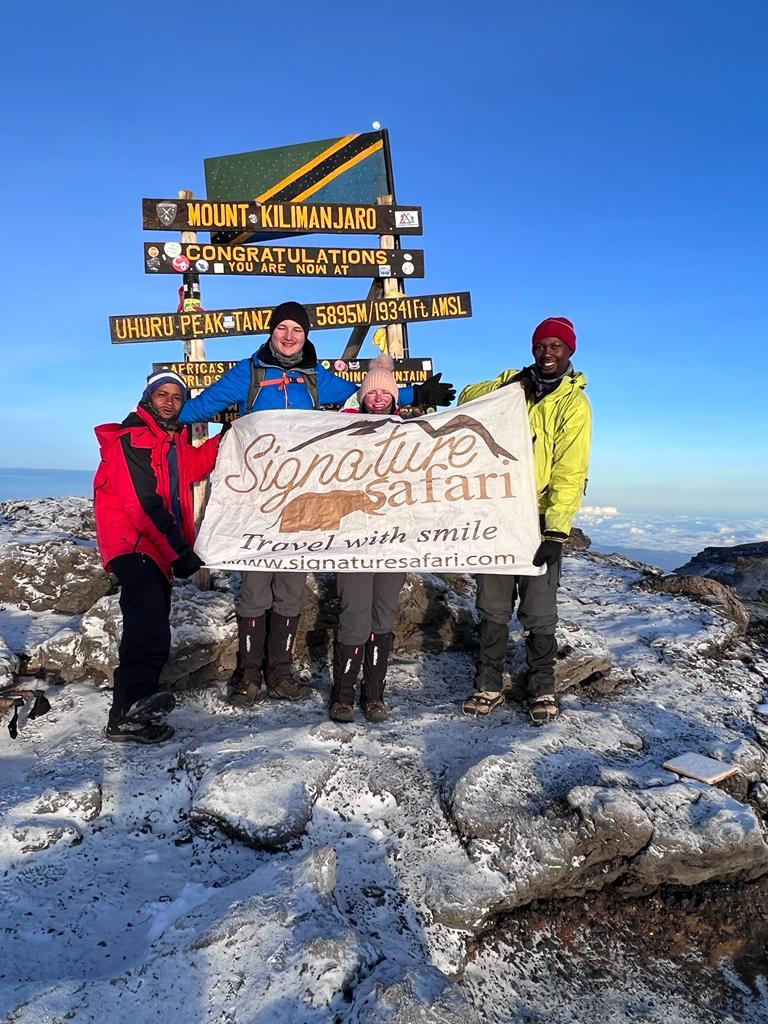Our Trekking Packages
9 Days Machame Route
7 days 6 nights in mountain 2 nights after and before climb
10 Days Lemosho Route
8 days 7 nights in mountain 2 nights after and before climb
8 Days Marangu Route
6 days 5 nights in mountain 2 nights after and before climb
8 Days Rongai Route
6 days 5 nights in mountain 2 nights after and before climb
11 Days Northern Route
9 days 8 nights in mountain 2 nights after and before climb
8 Days Umbwe Route
6 days 5 nights in mountain 2 nights after and before climb
7 Days Cyclic on Mt. Kilimanjaro
5 days 4 nights in mountain 2 nights after and before climb
11 Days Kilimanjaro crater Route
9 days 8 nights in mountain 2 nights after and before climb
7 Days Marangu Route
5 days 4 nights in mountain 2 nights after and before climb
Mountain Kilimanjaro Climbing Challenges
- While Kilimanjaro is a non-technical climb that doesn't require mountaineering skills, it presents significant challenges due to high altitude and unpredictable weather.
- Altitude-related illnesses such as altitude sickness (acute mountain sickness), dehydration, and hypothermia are common concerns for climbers.
- Proper acclimatization, physical fitness, and adequate preparation are essential for a successful summit attempt.

Kilimanjaro Hiking Summit Experience
Uhuru Peak, the highest point on Kilimanjaro, offers breathtaking panoramic views of the surrounding plains and distant mountains. Climbers often experience a sense of accomplishment and euphoria upon reaching the summit, celebrating their achievement and capturing memorable photos. Weather conditions at the summit can be harsh, with freezing temperatures, strong winds, and low oxygen levels, so climbers are advised to dress warmly and stay hydrated.

Cultural Significance
Kilimanjaro holds cultural significance for the indigenous Chagga people, who have inhabited the region for centuries. Local guides and porters play an essential role in supporting climbers during their ascent, sharing their knowledge of the mountain and cultural traditions. Kilimanjaro National Park, established in 1977, protects the mountain's diverse ecosystems and wildlife. Sustainable tourism practices, including waste management and trail maintenance, are crucial for preserving Kilimanjaro's natural beauty and ecological integrity.
Planning and Preparation Mt.Kilimanjaro
Climbing Kilimanjaro requires careful planning, including obtaining permits, hiring a licensed guide, and arranging transportation and accommodation.
Climbers should undergo physical training, acquire appropriate gear and equipment, and acclimatize gradually to altitude before attempting the climb.
Mount Kilimanjaro offers a once-in-a-lifetime adventure for climbers seeking to conquer Africa's highest peak and experience its awe-inspiring beauty and natural wonders.